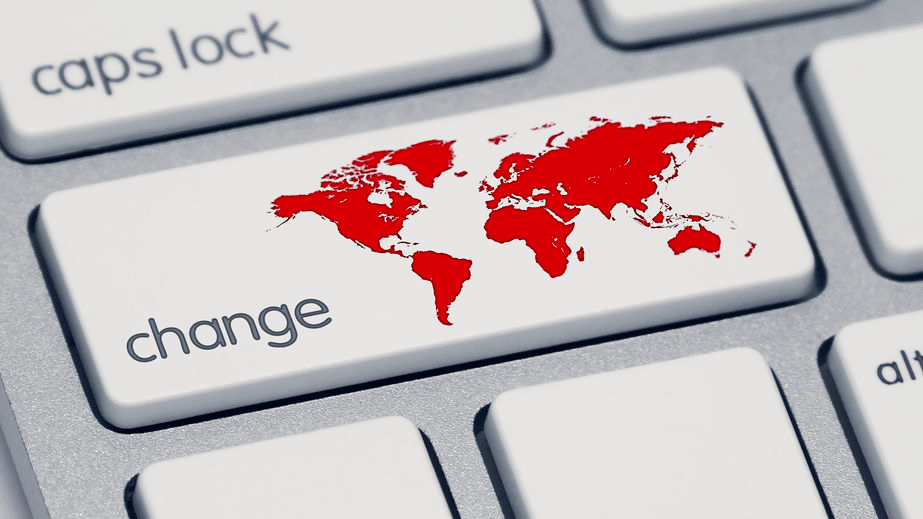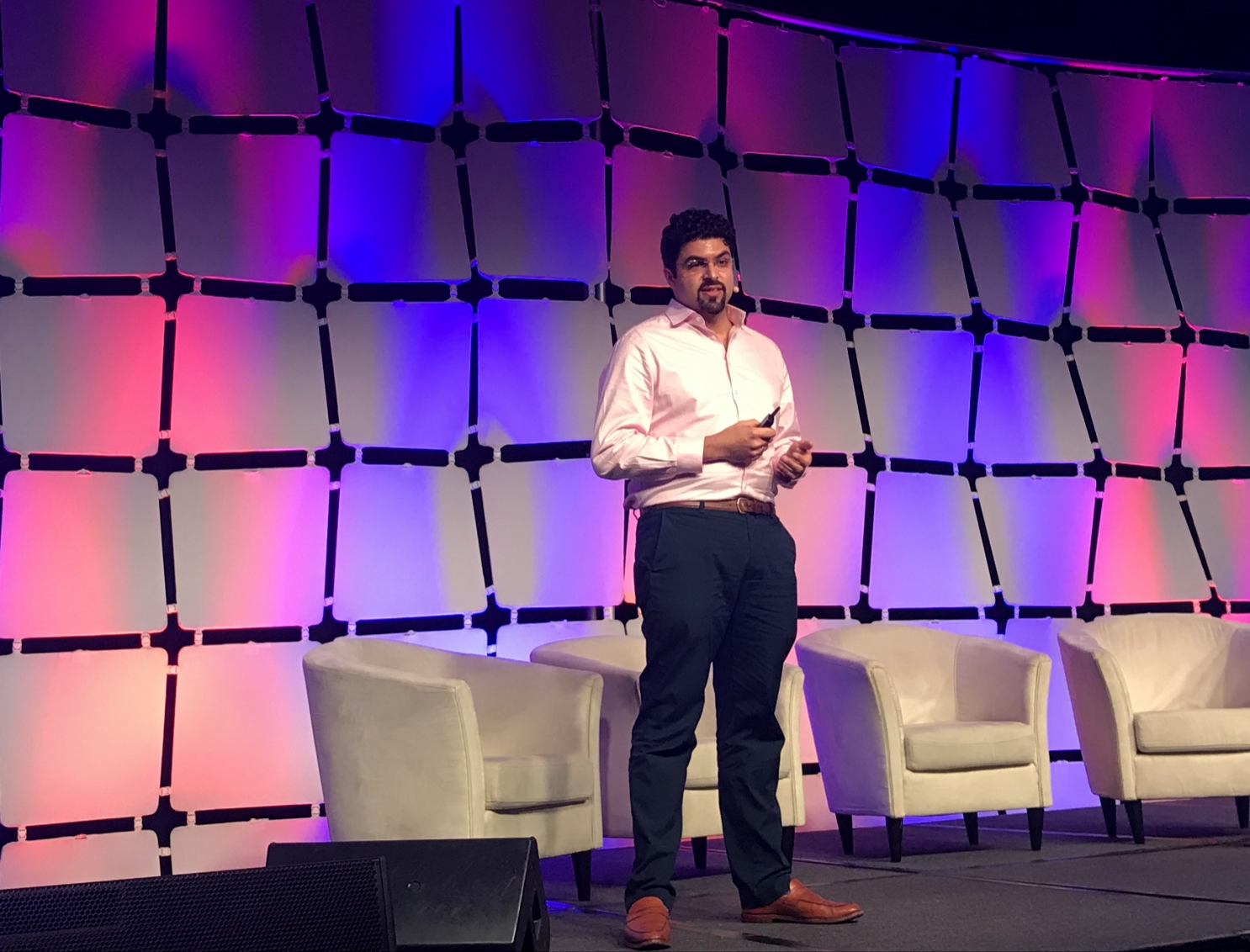How data science can drive social impact

TL;DR: Sharing the benefits of scientific advancement is a universal human right. While data and artificial intelligence are a boon for driving social causes, they are not uniformly accessible to governments and organisations. Mr Tariq Khokhar, managing director and senior data scientist of the Rockefeller Foundation, shares some strategies to level the playing field.
More than 70 years ago, the Universal Declaration of Human Rights was drafted by a group of international representatives, defining the fundamental human rights that need to be protected across the globe. Alongside the rights to life and liberty, article 27 of the Declaration clearly states that everyone has the right “to share in scientific advancement and its benefits”. This clause is more important today than ever before—as technology leaps ahead, does it uplift the last and least of society?
“The field of artificial intelligence (AI) was born about 70 years ago, and [around the same time] society agreed that everyone has a right to share in the benefits this field will bring us. So how are we doing [70 years on]?” said Mr Tariq Khokhar, managing director and senior data scientist of the Rockefeller Foundation.
Speaking at the EmTech Asia 2019 conference at the Marina Bay Sands Expo & Convention Centre, Mr Khokhar highlighted some of the challenges facing humanity today and discussed how data science can be used for social good.

Data as a public good
Even as parts of the world—especially Asia—become more affluent, there are pockets of society where poverty has worsened. “There are more people living in extreme poverty in Africa today than there were in 1990,” said Mr Khokhar.
A lack of data, especially real-time data, is one of the key reasons poverty is so difficult to eradicate, said Mr Khokhar. “Collecting data on poverty is expensive—it costs US$2 million to run a household survey, and the national statistical and data systems in [developing] countries aren’t as sophisticated,” he added.
When governments do not have a measure of the status on the ground, it can be difficult to allocate resources to drive progress. Hence, well-resourced organisations that have access to remote data collection tools can share their data with the relevant authorities in developing countries to facilitate their decision-making. Mr Khokhar gave the example of how a spin-off company from Stanford University uses satellites and AI-assisted analytics tools to identify poverty zones in Africa.
“They’re taking the daytime satellite imagery and using a transfer learning approach to train convolutional neural networks to produce high-level estimates of poverty hotspots in Africa. This is invaluable information for the people making policy that could improve wellbeing in the region,” he said.
Talent and tools for progress
In addition to the sharing of data collection resources and data insights, Mr Khokhar thinks that more platforms for data scientists to work with non-governmental organisations are needed. For instance, DataKind is helping to match experts in AI and Big Data with organisations that champion a social cause. It now has a roster of some 30,000 volunteer data scientists who are helping to maximise social impact using cutting-edge analytics and advanced algorithms. Think of this as the sharing economy of data talent, if you will.
Having said that, social change cannot be driven by data experts alone. Hence, developers of data analytics tools have a responsibility to make their methods affordable and accessible. This is one of the key objectives of the Rockefeller Foundation’s Data Science for Societal Impact Collaborative—to groom data science talent and develop easy-to-use tools that meet the needs of social sector organisations, said Mr Khokhar.
“I think we spend a lot of time thinking about the risks of AI. I would like for us to also think about the risks of not using AI. There are huge challenges that we’re facing in terms of reducing poverty, bringing energy to people and saving lives through better healthcare interventions. [Data science tools] can help us bend the curve on these problems, so we should be using them,” he concluded.

